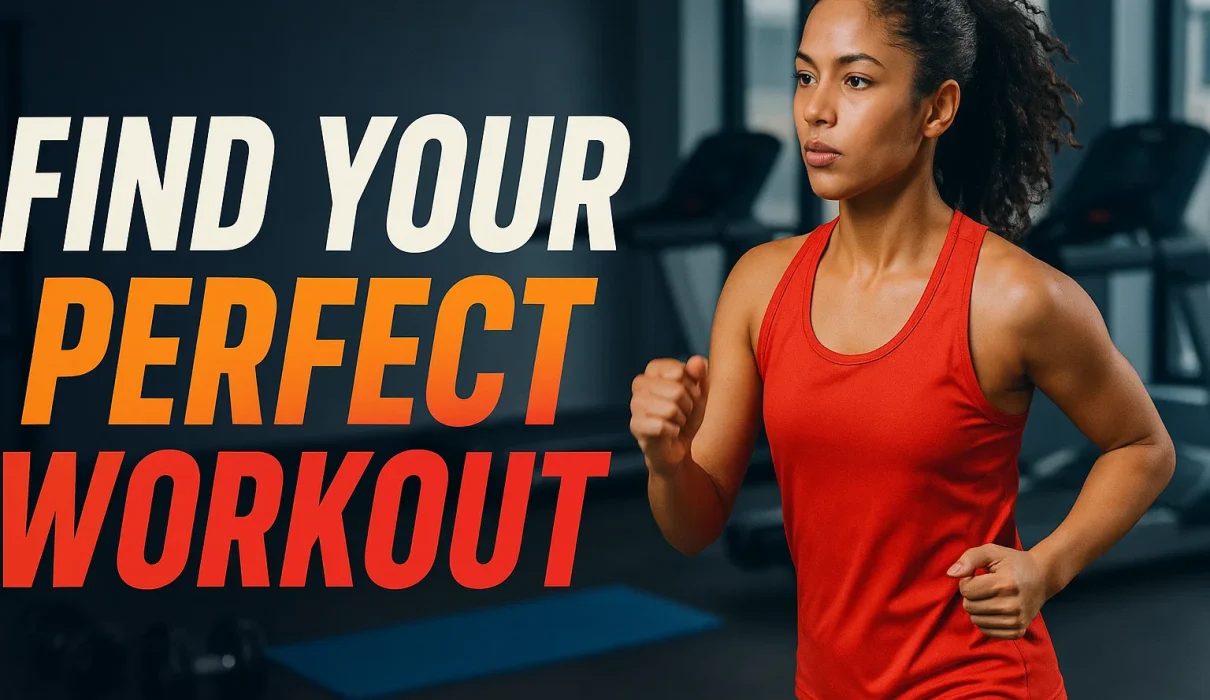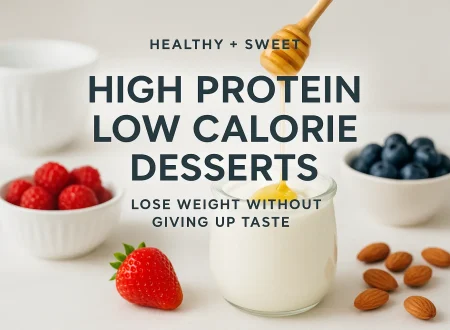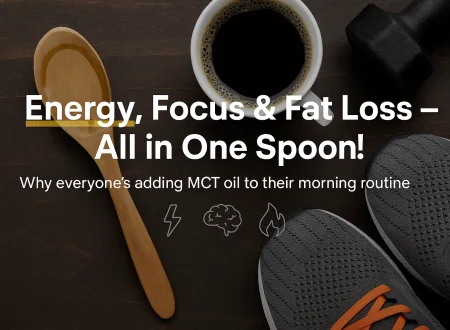Want to know the best workout for your body and goals? This guide explains all the main types of workouts—cardio, strength, HIIT, flexibility, and more. You’ll also get simple sample plans, tips, and answers to common fitness questions to help you start today.
1. Why It’s Essential to Understand All Kinds of Exercise
Exercise isn’t just about losing weight—it’s about feeling stronger, healthier, and happier. Different types of workouts have different benefits. For example, cardio helps your heart, strength training builds muscle, and yoga keeps you flexible.
Some exercise are high intensity (like HIIT or sprinting), which burn more calories in less time. Others are low intensity exercise(like walking or yoga), which are easier on your body but still great for health.
Should you workout everyday? Not really. Rest days are just as important as workout days. They help your body recover and prevent injuries.

2. Main Types of Workout Exercises
2.1 Cardio Workouts
Examples: Running, cycling, swimming, brisk walking.
Benefits of cardio workouts: Burns calories, improves stamina, and supports heart health.
Sample Weekly Cardio Plan:
- Mon: 30-min jog
- Tue: 20-min cycling
- Wed: 25-minute swimming
- Thu: Light walk or rest
- Fri: 20-min rowing
- Sat: 45-min hike or walk
- Sun: Rest
Pros: Great for weight loss and endurance.
Cons: Too much can strain your joints.
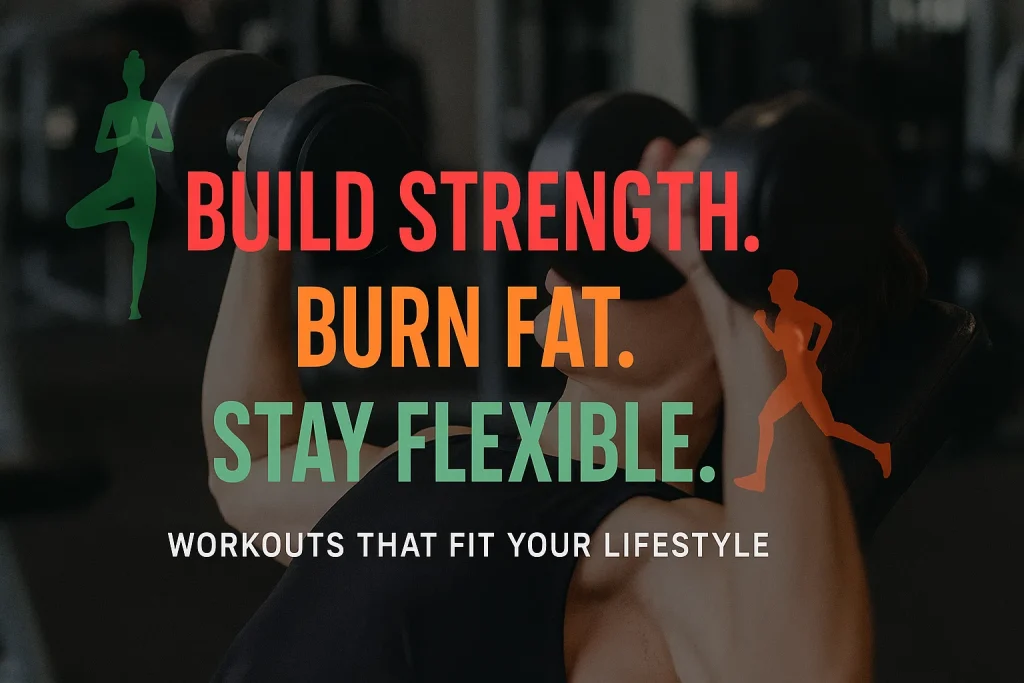
2.2 Strength Training
Examples: Dumbbells, resistance bands, pushups, squats.
Benefits of strenght training: Builds muscle, speeds up metabolism, keeps bones strong.
Looking for an easy way to start? Read this: Struggling to Build Muscle? Try Hand Weights That Work
Simple Exercises for a Strength Routine (3x per week):
- Squats – 3 sets of 12
- Pushups – 3 sets of 10
- Deadlifts – 3 sets of 8
- Dumbbell rows – 3 sets of 12
Pros: Builds lasting strength.
Cons: Must use good form to avoid injury.
2.3 Flexibility & Mobility
Examples: Yoga, Pilates, stretching exercises.
Benefits of flexibility and Mobility: Improves posture, reduces stiffness, and prevents injuries.
Routine:
- 10-minute yoga stretch in the morning
- Evening: stretch hamstrings, hips, and shoulders
Pros: Helps you feel loose and relaxed.
Cons: Progress takes time.
2.4 High Intensity Exercise Interval Training (HIIT)
What it is: Short bursts of effort followed by rest. Example: 30 seconds of sprinting, 1 minute of walking.
Benefits of high intesity exercise intervel training : Burns a lot of calories quickly, improves fitness.
Quick HIIT Plan (20 mins):
- Warm-up: 3 mins
- 30 sec sprint / 60 sec walk × 8 rounds
- Cool down: 5 mins stretching
Pros: Fast and effective.
Cons: Very tough for beginners—don’t do it daily.
If your main goal is fat loss and you need a structured routine, our Weight Loss Workout Plan for Men and Women gives you an 8-week schedule combining these workout types into one program.
2.5 Functional Training
Examples: Kettlebell swings, TRX exercises, medicine ball throws.
Benefits of functional training: Builds strength for everyday tasks like lifting, bending, or climbing stairs.
Pros: Practical and fun.
Cons: Often needs gym equipment.
2.6 Group Exercise Classes
Examples: Zumba, Spin, Pilates, CrossFit, Bootcamps.
Benefits of group exercise classess: Social, motivating, structured.
Pros: Keeps you accountable.
Cons: Class times may not fit your schedule.
2.7 Low Impact workout / Mind-Body Workouts
Low-impact routines are perfect if you want to move without stressing your joints. This is especially true for expecting mothers, who can benefit from safe workouts during pregnancy for strength & comfort that focus on gentle, supportive exercises.
Examples: Walking, Tai Chi, gentle yoga, water aerobics.
Benefits of low impact workout: Gentle on the joints, easy for beginners, great for older adults.
Routine:
- Daily 30-min walk
- 20-minute yoga twice a week
Pros: Safe and sustainable.
Cons: Doesn’t burn as many calories as higher-intensity workouts.
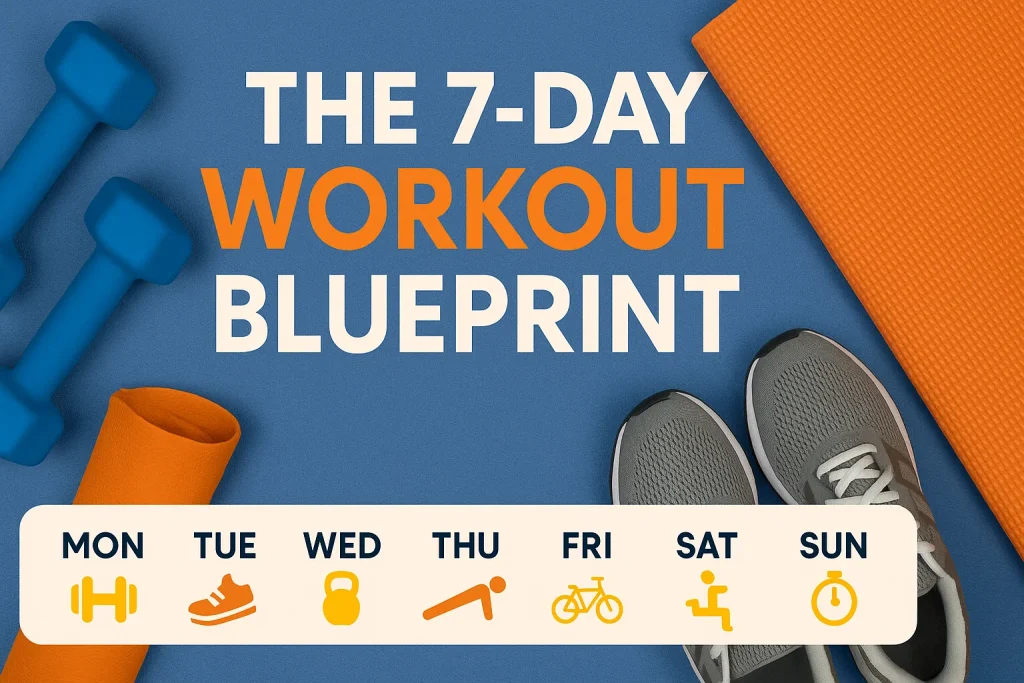
3. Tools & Extras
- Infographic idea: Calories burned in 30 minutes for each workout.
- Table idea: Pros and cons of different workouts.
- Flowchart idea: “Which workout is best for you?”
- Helpful resources:
- 7-Day Beginner Workout Plan (Watch Below)
- Calories Burned Calculator
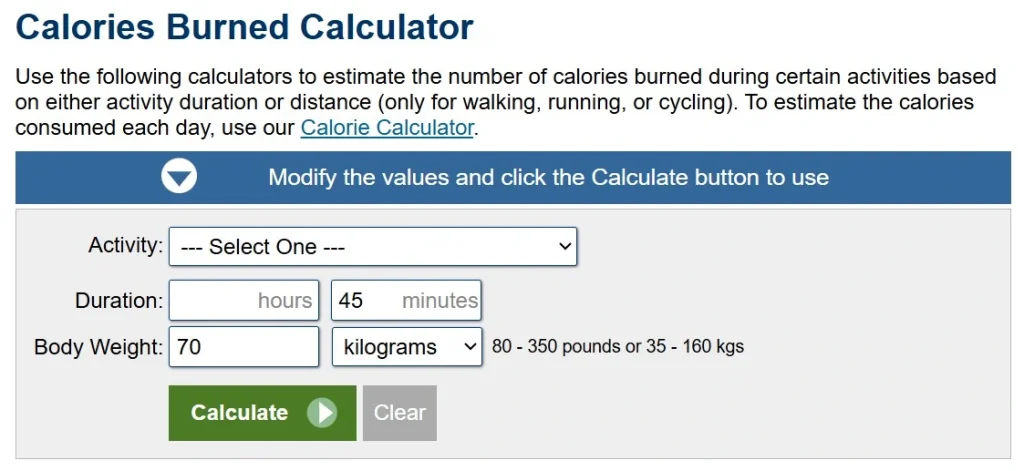
4. Choosing the Right Workout for You
The “best workout” depends on your goals and lifestyle:
- Want to lose weight → Try cardio or HIIT.
- Want to gain muscle ( muscle strengthening )→ Do strength training.
- Want to relax or recover → Go for yoga or stretching.
- Busy schedule? → Try short HIIT or bodyweight workouts.
The right workout is the one you can stick to regularly.
5. Sample Weekly Workout Plan
- Monday: Strength
- Tuesday: Cardio
- Wednesday: Yoga/Flexibility
- Thursday: HIIT
- Friday: Functional/Group class
- Saturday: Low-impact (walk, swim, yoga)
- Sunday: Rest
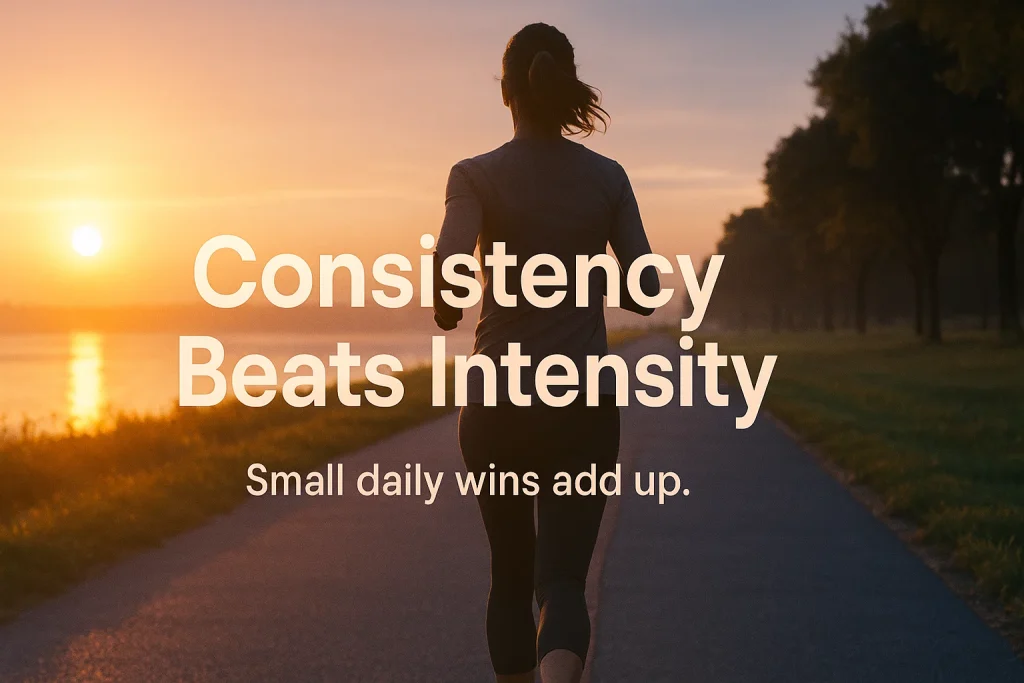
6. Tips for Success
- Be consistent: 20 mins every day is better than 2 hours once a week.
- Mix it up: Try different workouts to stay motivated.
- Listen to your body: Rest if you feel sore.
- Progress slowly: Add more reps or weight as you get stronger.
Comparison Table: Types of Workouts at a Glance
| Workout Type | Intensity | Calories / 30 min* | Main Benefits | Best For | Pros | Cons |
|---|---|---|---|---|---|---|
| Cardiovascular (Run, Cycle, Swim) | Low–High | ~200–400 | Heart health, endurance, weight loss | Fat loss & stamina | Scalable intensity, outdoors, easy start | Joint stress if overdone; time-consuming |
| Strength Training (Weights, Bands, Bodyweight) | Moderate–High | ~120–220 | Muscle gain, metabolism, bone density | Strength & recomposition | Shapes body, boosts metabolism | Needs good form; soreness if rushed |
| HIIT (Intervals) | Very High | ~250–450 | Time-efficient fat burn, VO₂ max | Busy schedules | Quick, strong afterburn | Hard for beginners; not daily |
| Flexibility & Mobility (Yoga, Stretching) | Low | ~60–120 | Mobility, posture, stress relief | Recovery, desk workers | Joint-friendly, improves motion | Slower results; low calorie burn |
| Functional Training (Kettlebells, TRX, Circuits) | Moderate–High | ~180–300 | Real-world strength, core, balance | Athletics & fitness | Varied, engaging, coordination | Needs equipment/coaching |
| Group Classes (Zumba, Spin, CrossFit, Pilates) | Low–High | ~180–450 | Motivation, structure, community | Accountability & fun | Guidance, social support | Fixed schedules; fees |
| Low-Impact / Mind-Body (Walking, Tai Chi, Water Aerobics) | Low | ~90–180 | Joint-friendly, stress reduction | Beginners, seniors | Safe, sustainable | Slower fat loss; gradual progress |
*Calorie estimates for ~70 kg (155 lb). Actual burn varies by intensity, body size, age, sex, and fitness level.
FAQs
1. How long should you be in the gym?
45–60 minutes is ideal, but even 20–30 minutes works if you’re consistent.
2. Why does exercise make you happy?
It releases “feel-good” chemicals in your brain called endorphins and serotonin.
3. How many pushups can the average woman do?
Around 10–20, depending on age and fitness level.
4. How much cardio is too much cardio?
Over an hour of intense cardio daily can cause fatigue and muscle loss. Balance is key.
5. How to keep the muscular system healthy?
Do strength training, eat enough protein, drink water, and rest well.
6. Is HIIT safe for beginners?
Yes, but start slow with fewer rounds and longer rests.
7. What’s the best workout for weight loss?
A mix of strength training and HIIT works best—it burns fat while strengthening muscles.


